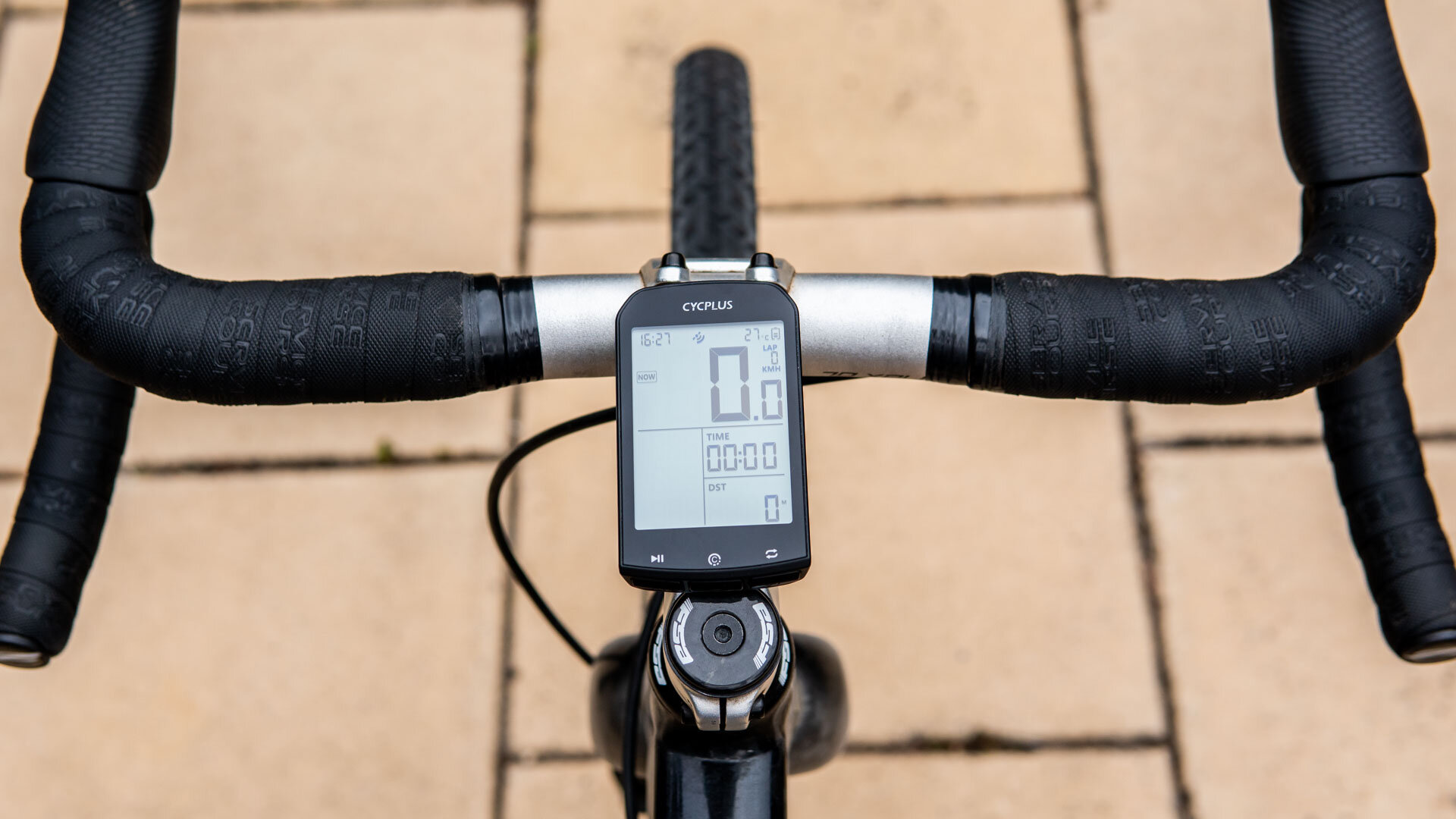From Aspiring to Athlete; the path less publicised. How to turn a hobby into a profession.

‘I’m a cyclist’. Keen cyclist, athlete, aspiring athlete, professional athlete, recreational rider, weekend warrior.
All terms we have heard before. If someone was to ask you what type of rider you are, what would you say? When someone asks you what you do for a living, what do you say?
Words and Images - Kate Perry
Most people describe themselves by their ‘profession’. What their day job is, what puts money in the bank each week. How many of you would love to be able to answer that with ‘I am a professional athlete’? Hold on, what is a professional athlete?
Athlete (def): A person trained to compete in sport or exercises involving physical strength, speed or endurance.
Yep, that sounds about right. I compete in a physically demanding sport, the gruelling realm of road racing. Endurance, speed AND strength. Go on….
Amateur athlete: Person who engages in sport for pleasure rather than financial benefit or professional reasons.
Pretty much sums up every NRS (National Road Series) cyclist – well the female NRS bunch anyway (only a handful of male NRS athletes are on a paid wage)... could even broaden this definition to all club and State level riders, the weekend warriors who race at their local crit track or tackle the clubby (Club handicap race).
Professional athlete: An individual engaging in an activity for gain or as a means of livelihood.
The dream. . .
Kate Perry. Ready for action.
I didn’t start off by knowing I wanted to become a professional athlete. I grew up riding bikes with Dad on the weekends, going down to the local cycling clinic at the age of 10 and racing my bike against kids my age, bigger kids and smaller kids, mostly boys.
So how did I get to where I am today? On my way to chasing the dream of turning pro, not actually pro - yet.
Whilst using my own experience, hopefully the following helps paint a picture about what it takes to get to the next level.
STEP 1 - SET GOALS
My goals started small. Win a race, move up a grade, finish my first A grade race. Then they grew… become the best athlete I can and give myself the best chance of success in the National Road Series.
Now you will notice a shift there. From outcome goals to performance goals. This is so important if you want to achieve any goal, not just a sporting dream. I was first introduced to this concept early on in my university degree when we were learning about developmental stages of learning a skill, but it wasn’t until I was kindly reminded by a close friend of mine that this message stuck.
Ultimately, winning races is what earns you the big bucks, but without performance goals, you can easily lose sight of what is ahead and what you are working towards. Outcome goals are measured against someone else’s performance (who is the faster/stronger/most skilful athlete on the day), whereas performance goals are intrinsic; how well did you ride, what could you have done better?
So, set some goals. Start small, aim high and don’t give up until you’ve tried your best. You are your biggest competitor.
STEP 2 - BE PATIENT. WORK HARD.
The old story of the tortoise and the hare. Success takes time, there are no overnight success stories. Even if it appears to ‘fall into place’ for some, chances are they have worked hard for a long time before they appear in the limelight.
Hard work beats talent.
It is important to lay the foundations and do things properly. Use your time wisely and put in the energy into what you are doing. Make every session count and pay attention to things off the bike as well. What you eat, how you eat, how much sleep you are getting; it all adds up.
Seek the help of professionals; get a coach, get a mentor. Even after spending 5 years at uni learning how to work with elite athletes in the high performance environment, I still have a coach who prescribes and oversees everything I do. You will often overlook things in your own training and performance, so it is can be a huge help to have an extra pair of eyes. Also, being accountable to someone can be a very powerful motivational tool. And lastly…
STEP 3 - BE OPPORTUNISTIC
Cycling is very much like any other sport, it often comes down to who you know as well as what you know. Have conversations with people at your local bike race, put yourself out there. Be professional in the way you hold yourself, as this is the type of thing that prospective sponsors and teams look for.
Take risks. Put yourself out there. At the end of the day you have nothing to lose when it comes to pushing yourself and dedicating time and energy towards that goal. Yes, there will be hard times, times when you ask yourself is it worth it? But when you hop on that bike and feel that same feeling you felt when you first hopped on, chances are that will be enough to keep you going.
Use set-backs as a motivator, not a deterrent. Just because one door doesn’t open, doesn’t mean another won’t.
At the end of the day all cyclists have one thing in common. They love to ride their bike. What defines us is how we choose to ride our bike.
I was having coffee with a good friend of mine earlier this year and he summed it up perfectly ‘How cool is this?’ he said. ‘I am getting paid money to do this all day (as he sips on a latte)… ride and race my bike all around the world with friends’. As the saying goes, work hard, play hard.















As we are well into winter everyone is asking me about lights, however, I think you should be riding with front and rear lights all year round, no matter what time of day or night, terrain, country or city, bike paths or roads.